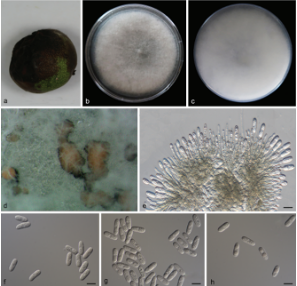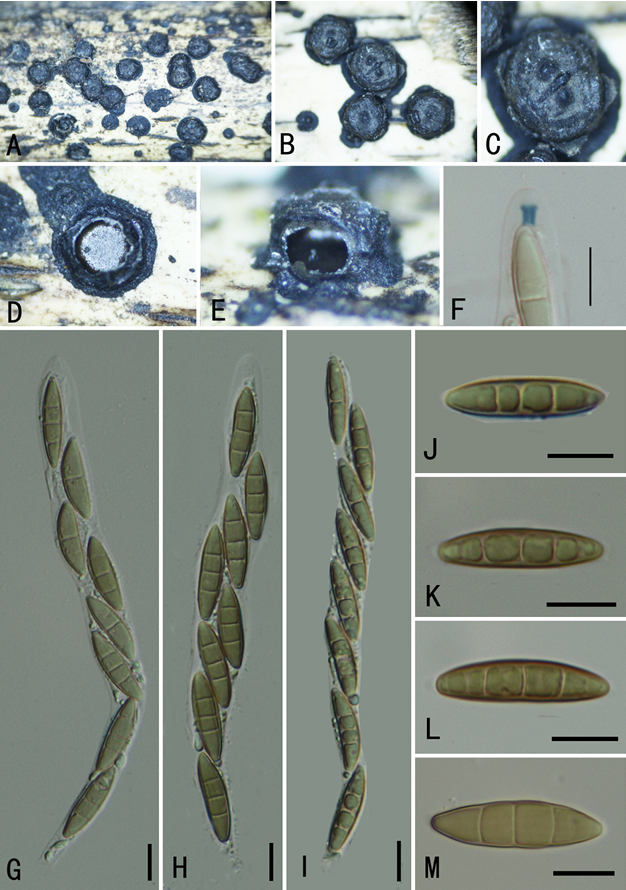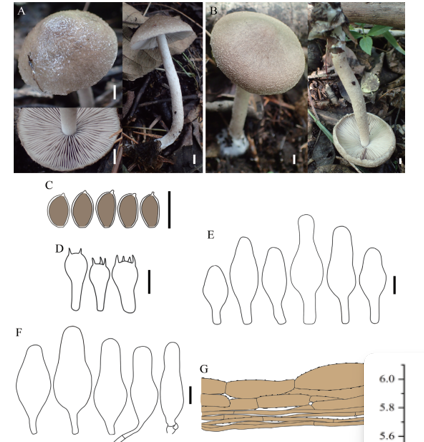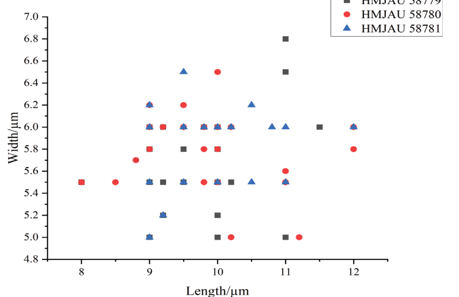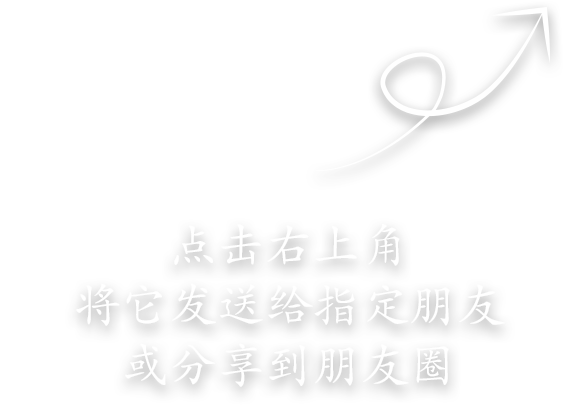Akanthomyces neocoleopterorum W.H. Chen, Y.F. Han, J.D. Liang & Z.Q. Liang, sp. nov. 2020
MycoBank MB 830610
Holotype: CHINA. Guizhou Province: Guiyang City, Tongmuling (N 26°23′25.92″, E 106°41′3.35″), on a ladybug, 9 November 2018, Wanhao Chen, holotype GZAC GY1124; ex-type culture GZAC GY11241.
Morphological description
Colonies on PDA, attaining a diameter of 51–53 mm after 14 days at 25 °C, white to yellowish, powdery, thin; reverse yellowish. Hyphae septate, hyaline, smooth-walled, 1.7–2.4 μm wide. Conidiophores mononematous, hyaline, smooth-walled, with single phialide or whorls of 2–5 phialides, or verticillium-like from hyphae directly. Phialides consisting of a cylindrical, somewhat inflated base, 19.9–29.6 × 1.6–2.0 μm, tapering to a thin neck. Conidia hyaline, smooth-walled, mostly cylindrical, 3.3–6.6 × 1.5–1.8 μm, forming divergent and basipetal chains. In culture both phialides and conidia are of similar general shape and size to those found on the ladybug.
Habitat: on a ladybug.
Distribution: Tongmuling, Guiyang, Guizhou Province, China.
GenBank Accession:
Notes:
Reference: WAN-HAO CHEN1, YAN-FENG HAN2*, JIAN-DONG LIANG1 et al.
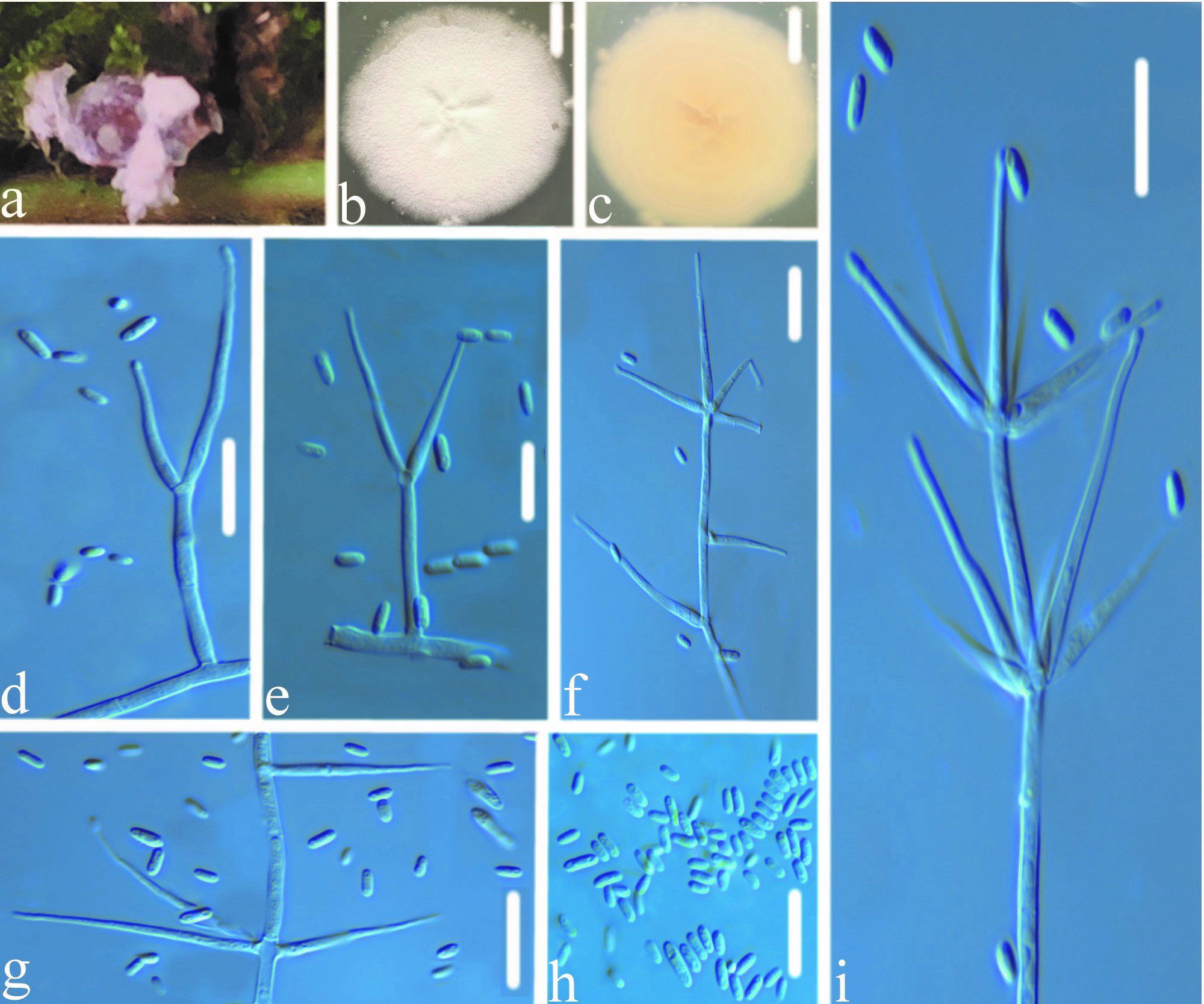
Akanthomyces neocoleopterorum sp. nov. a. Infected ladybug, b, c. Colony on PDA after 14 d at 25 °C, d–g, i. Conidiophores, conidiogenous cells and conidia, h. Conidia. Bars: b, c = 10 mm; d–i = 10 μm.


